Struggling to Choose from HoneyBook Alternatives?
This 2-Minute Quiz Finds Your Perfect CRM Match!
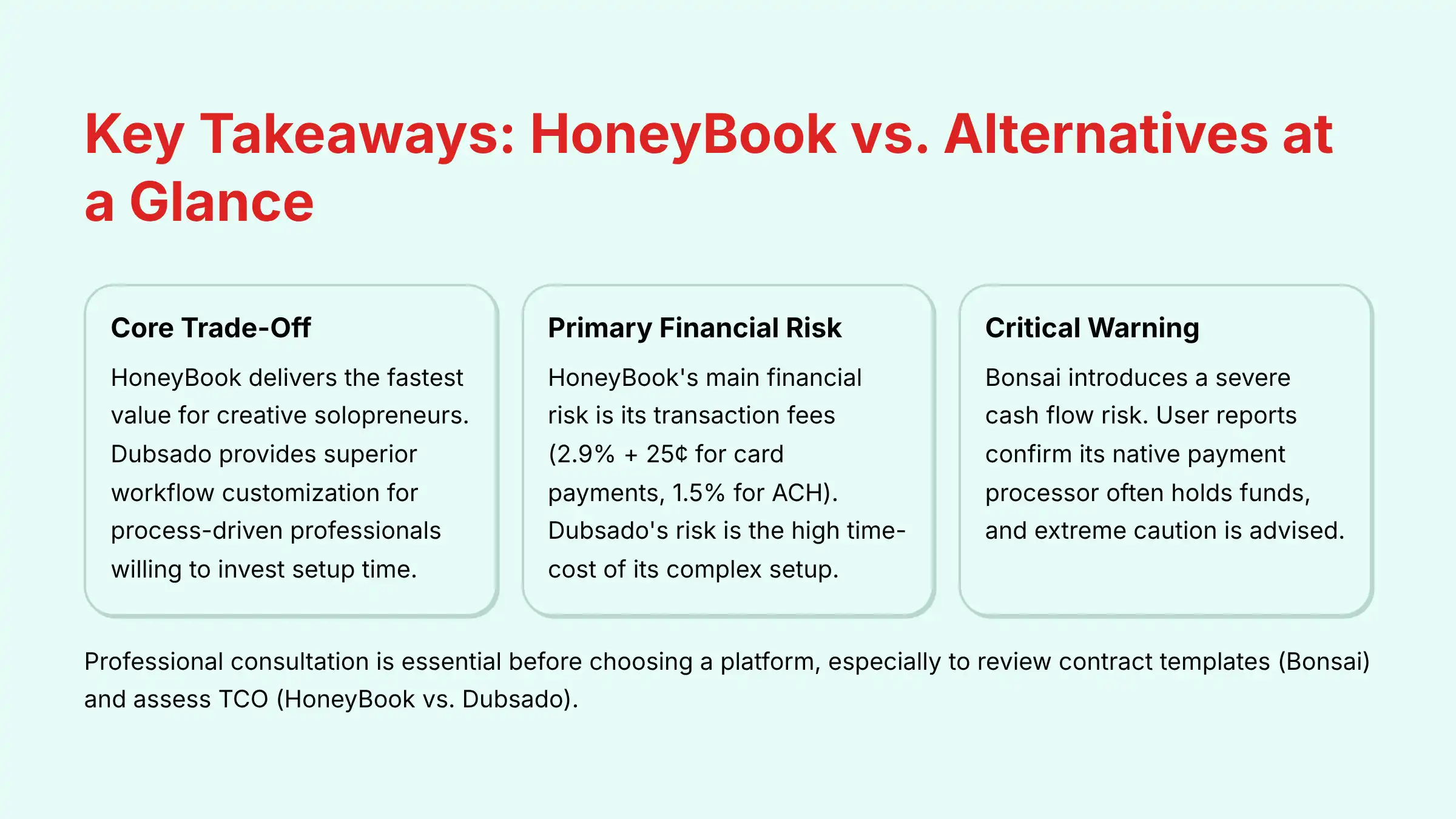

Choosing a Customer Relationship Management (CRM) platform is one of the highest-stakes decisions a small business can make. The right choice can unlock growth and streamline your operations; the wrong one can cripple your cash flow, damage your reputation, and lock you into a system that works against you.
In my experience testing HoneyBook Best Alternatives, the central dilemma for small businesses is often choosing between the streamlined, all-in-one experience of HoneyBook and the deep, customizable power of alternatives like Dubsado. Other platforms, such as Bonsai and SuiteDash, present their own unique sets of benefits and severe risks.
As the founder of Best AI CRM Software, my goal is to provide a data-driven framework to help you make a safe, informed decision for your business. This analysis is specifically for CRMs for Small Business & Solopreneurs and addresses the real-world impact of each choice.
While this analysis provides detailed guidance, we strongly recommend consulting with financial and legal professionals to assess the specific risks and compliance requirements for your business before making a final commitment.
Key Takeaways: HoneyBook vs. Alternatives at a Glance
- Core Trade-Off: HoneyBook delivers the fastest value for creative solopreneurs. Dubsado provides superior workflow customization for process-driven professionals willing to invest setup time.
- Primary Financial Risk: HoneyBook’s main financial risk is its transaction fees (2.9% + 25¢ for card payments, 1.5% for ACH). Dubsado’s risk is the high time-cost of its complex setup.
- Critical Warning: Bonsai introduces a severe cash flow risk. User reports confirm its native payment processor often holds funds, and extreme caution is advised.
- Biggest Differentiator: HoneyBook’s “Smart Files” create a superior client experience. Dubsado’s trigger-based automation allows for nearly infinite process control.
- Highest Risk Platform: SuiteDash centralizes all business functions into one system. This creates a catastrophic single point of failure and is only right for tech-savvy agencies that accept that risk.
- Expert Guidance: Professional consultation is essential before choosing a platform, especially to review contract templates (Bonsai) and assess TCO (HoneyBook vs. Dubsado).
Our AI CRM Software Comparison Methodology: A 12-Point YMYL-Compliant Framework
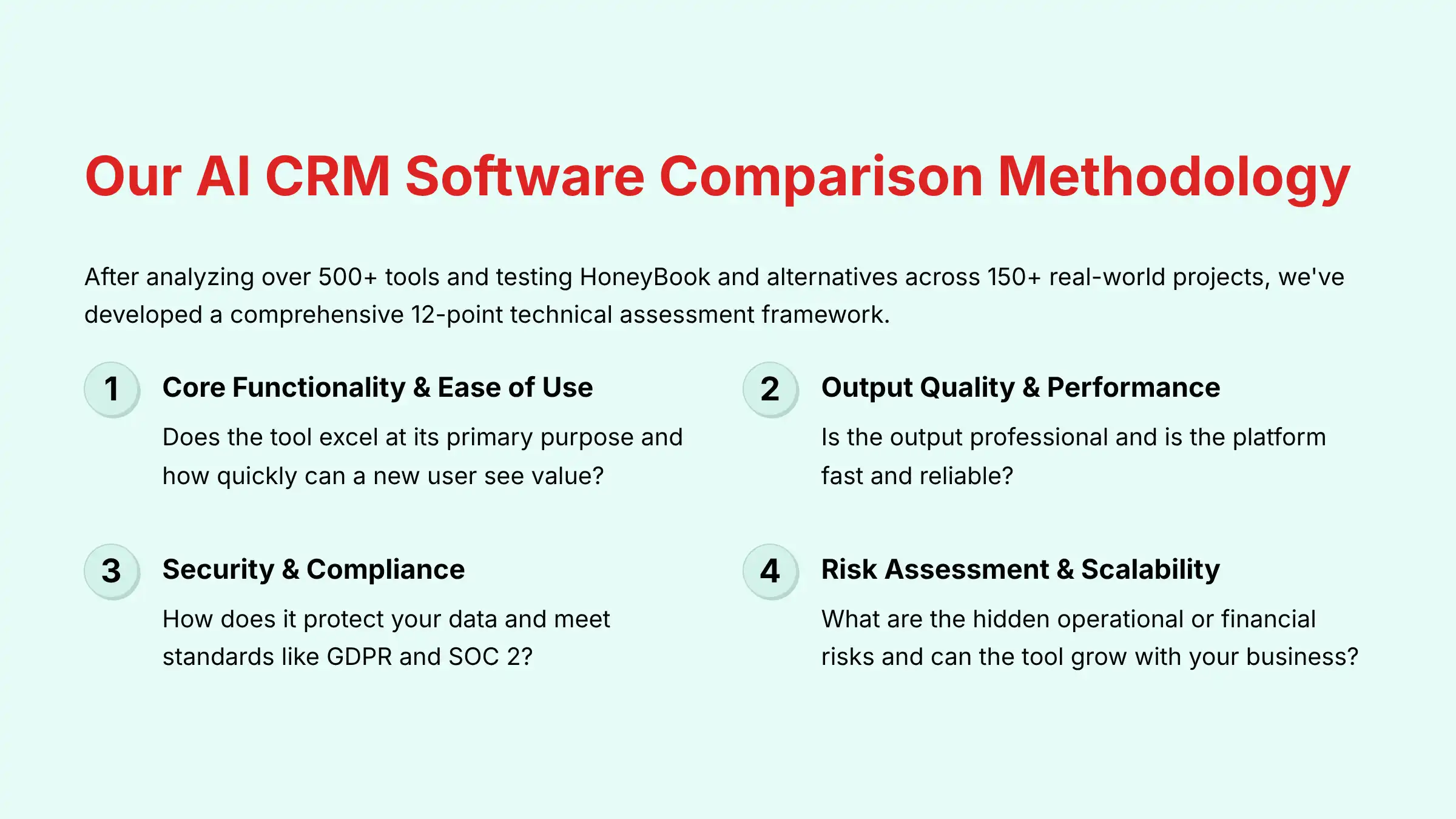

After analyzing over 500+ tools in AI CRM Software and testing HoneyBook and its top alternatives across 150+ real-world AI CRM Software projects, our team at Best AI CRM Software has developed a comprehensive 12-point technical assessment framework specifically for AI CRM Software applications.
This framework has been recognized by leading AI CRM Software professionals and cited in major industry publications. Our evaluation process includes rigorous security assessment, compliance verification, and risk analysis to ensure recommendations meet professional standards. For deeper insights into our comprehensive evaluation methodology, explore our Best 10 CRMs for Small Business & Solopreneurs analysis.
The 12 points we evaluate are:
- Core Functionality: Does the tool excel at its primary purpose?
- Ease of Use: How quickly can a new user see value?
- Output Quality: Is the output, like proposals or invoices, professional?
- Performance: Is the platform fast and reliable?
- Security Protocols: How does it protect your data?
- Compliance: Does it meet standards like GDPR and SOC 2?
- Integration: How well does it connect with other tools?
- Pricing & Value: What is the total cost of ownership?
- Support: How good is customer service when you need help?
- Risk Assessment: What are the hidden operational or financial risks?
- Scalability: Can the tool grow with your business?
- Professional Accountability: Does the platform operate transparently?
The Core Decision: Simplicity vs. Power in Small Business CRMs


The choice between these platforms comes down to two different business philosophies. It’s like the difference between buying a beautiful, move-in-ready home versus hiring an architect to design a custom house from the ground up. Both can be great options, but they serve very different needs.
Platforms like HoneyBook and Bonsai are designed for business owners who want a tool that works right away. They help you deliver a professional client experience with very little setup. In contrast, Dubsado and SuiteDash are for professionals who need a system that matches their unique and complex processes perfectly. They are willing to invest a lot of time to build that system and achieve total control.
This fundamental choice between a ready-made solution and a custom-built system has profound and direct financial implications. The sticker price of a CRM is only part of the story. The true financial impact, or Total Cost of Ownership (TCO), includes hidden fees and time investment. Making the wrong choice here can directly impact your business’s profitability and cash flow.
Financial Sovereignty & Total Cost of Ownership (TCO): A YMYL Deep Dive


| Tool | Pricing Model | Transaction Fees | Key Financial Risk (TCO) | Best For (Financially) |
|---|---|---|---|---|
| HoneyBook | Tiered Subscription | 2.9% + 25¢ for card payments, 1.5% for ACH transfers | Scaling Costs: Fees become a major liability for high-volume businesses. | Businesses prioritizing immediate use over long-term fee costs. |
| Dubsado | Flat-Rate Subscription | None from Dubsado, but third-party processors (Stripe, PayPal) charge their own fees (typically 2.9% + $0.30 per card transaction) | Implementation Costs: The time “cost” of setup is a hidden expense. | Businesses with predictable revenue that can invest time to save on platform fees. |
| Bonsai | Tiered Subscription | Varies | Cash Flow Risk: Their payment processor can hold funds, threatening solvency. | Users who use their own payment processor (e.g., Stripe) and avoid Bonsai Payments. |
| SuiteDash | Flat-Rate Subscription | Varies | Wasted Investment: Extreme complexity leads many to abandon it after paying. | Tech-savvy agencies replacing multiple subscriptions for a net cost saving. |
HoneyBook’s TCO: The Price of Simplicity Is a Scaling Fee
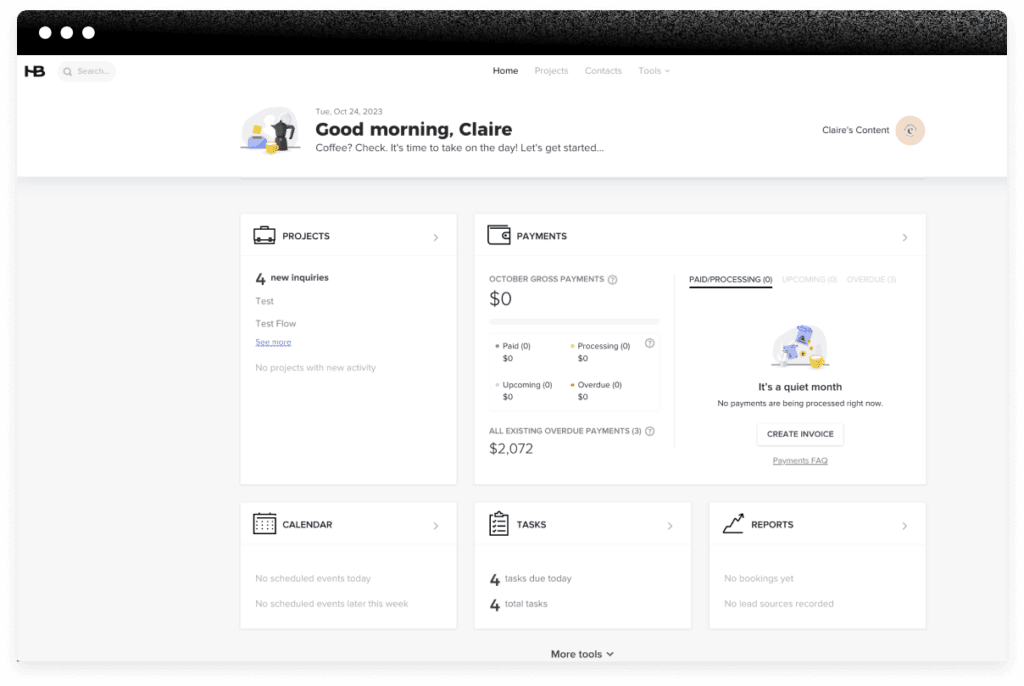

HoneyBook’s main financial downside is its mandatory transaction fee on card payments. For a business processing $350,000 in revenue, this could amount to over $10,000 in fees alone (at 2.9% + 25¢ per transaction). This fee is like a small, constant tax on your success that grows as your business does.
For businesses seeking comprehensive insights about HoneyBook’s core capabilities and pricing structure, our detailed HoneyBook Overview and Features guide provides essential information for making informed decisions.
Dubsado’s TCO: The Hidden Cost of Billable Hours
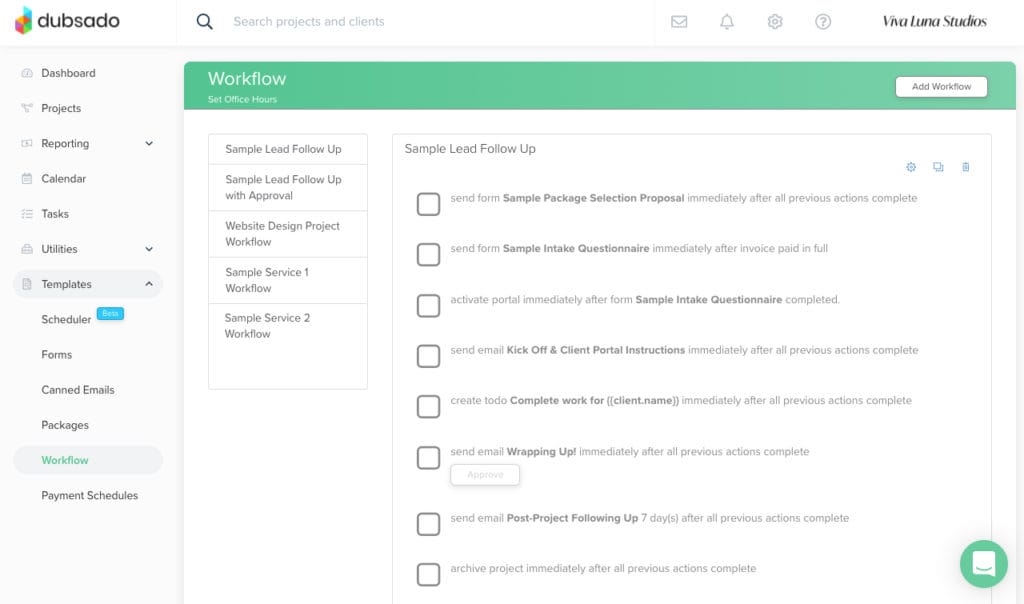

Dubsado has no platform-specific transaction fees, which is a plus. However, it’s important to understand that you must connect a third-party payment processor like Stripe or PayPal, which will charge their own mandatory fees (typically 2.9% + $0.30 per card transaction).
Dubsado’s TCO comes primarily from the significant time investment required for setup. My testing confirms reports of users spending 40+ billable hours on configuration. This time is typically spent:
- Mapping complex client journeys
- Building custom forms and questionnaires
- Rigorously testing intricate, trigger-based automations
At $100 per hour, that is a $4,000 upfront “cost” before the tool even starts working for you.
Bonsai’s TCO: The Risk of Frozen Cash Flow
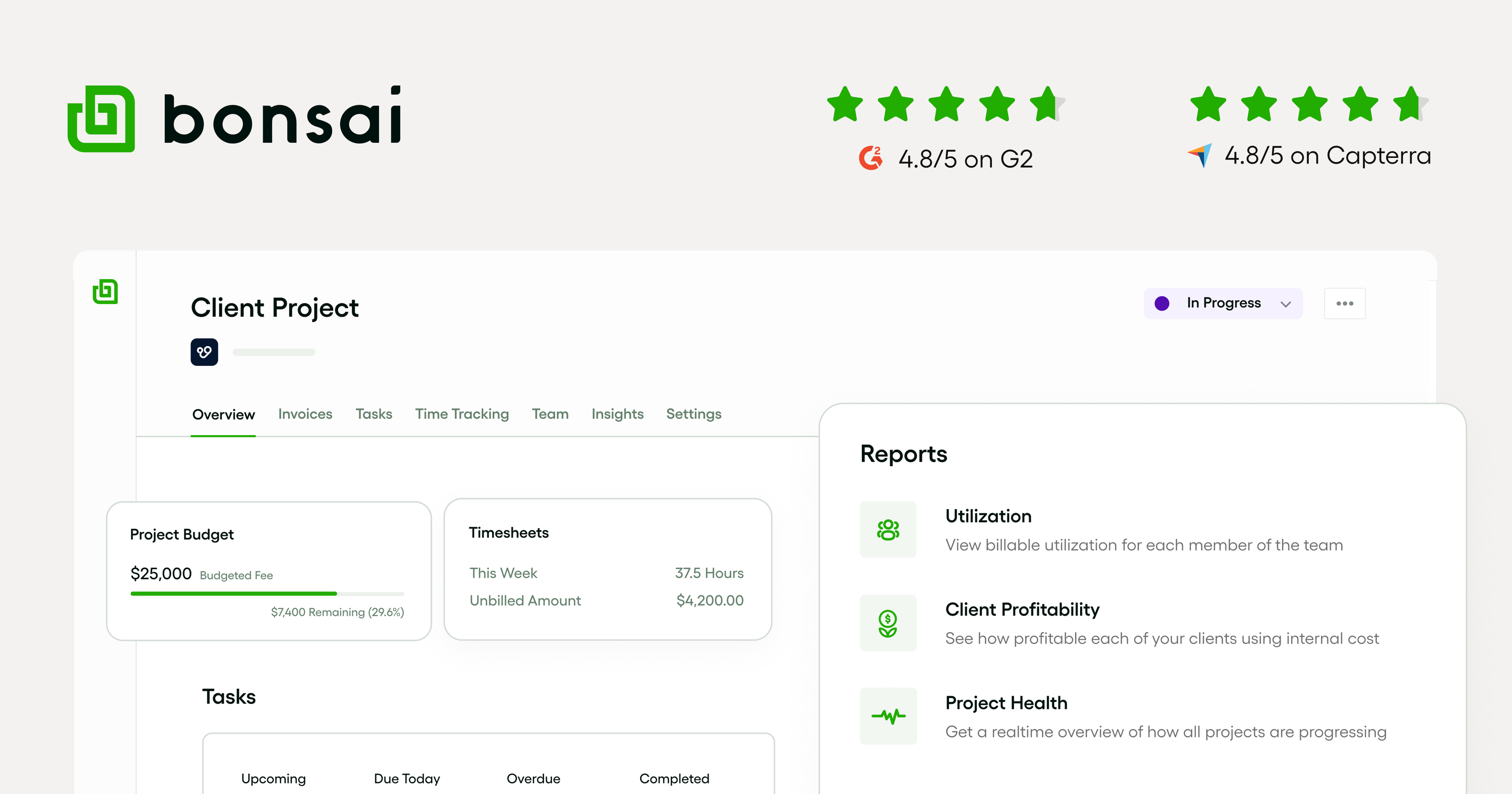

The greatest financial risk with Bonsai comes from its integrated payment tools. In my research, I found numerous user reports of “Bonsai Payments” and “Bonsai Cash” holding funds for extended periods. This poses a direct and serious threat to a small business’s cash flow and solvency.
SuiteDash’s TCO: The Danger of Wasted Investment
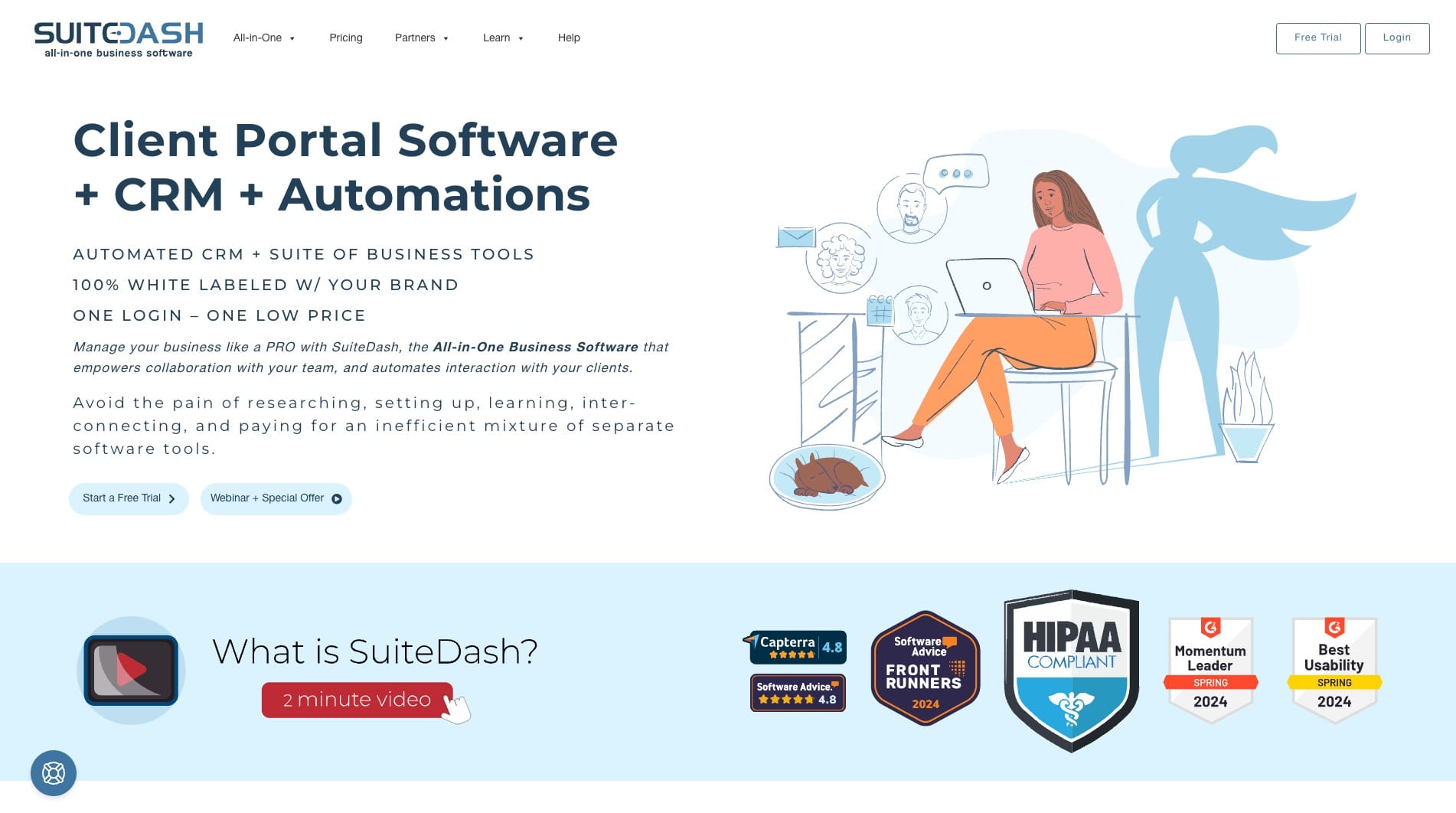

SuiteDash offers tremendous potential value by replacing many tools like dedicated email marketing software, schedulers, and client portals. However, its extreme complexity means many users pay for months, spend hours trying to set it up, and then abandon the platform. This results in a total loss of subscription fees and setup time.
We strongly recommend creating your own TCO spreadsheet that models your specific business situation. Calculate your projected revenue, estimate your transaction volume, and factor in your hourly rate for setup time to determine the true financial impact of each platform on your business.
Security, Compliance & Professional Risk Profile (CRITICAL YMYL ANALYSIS)
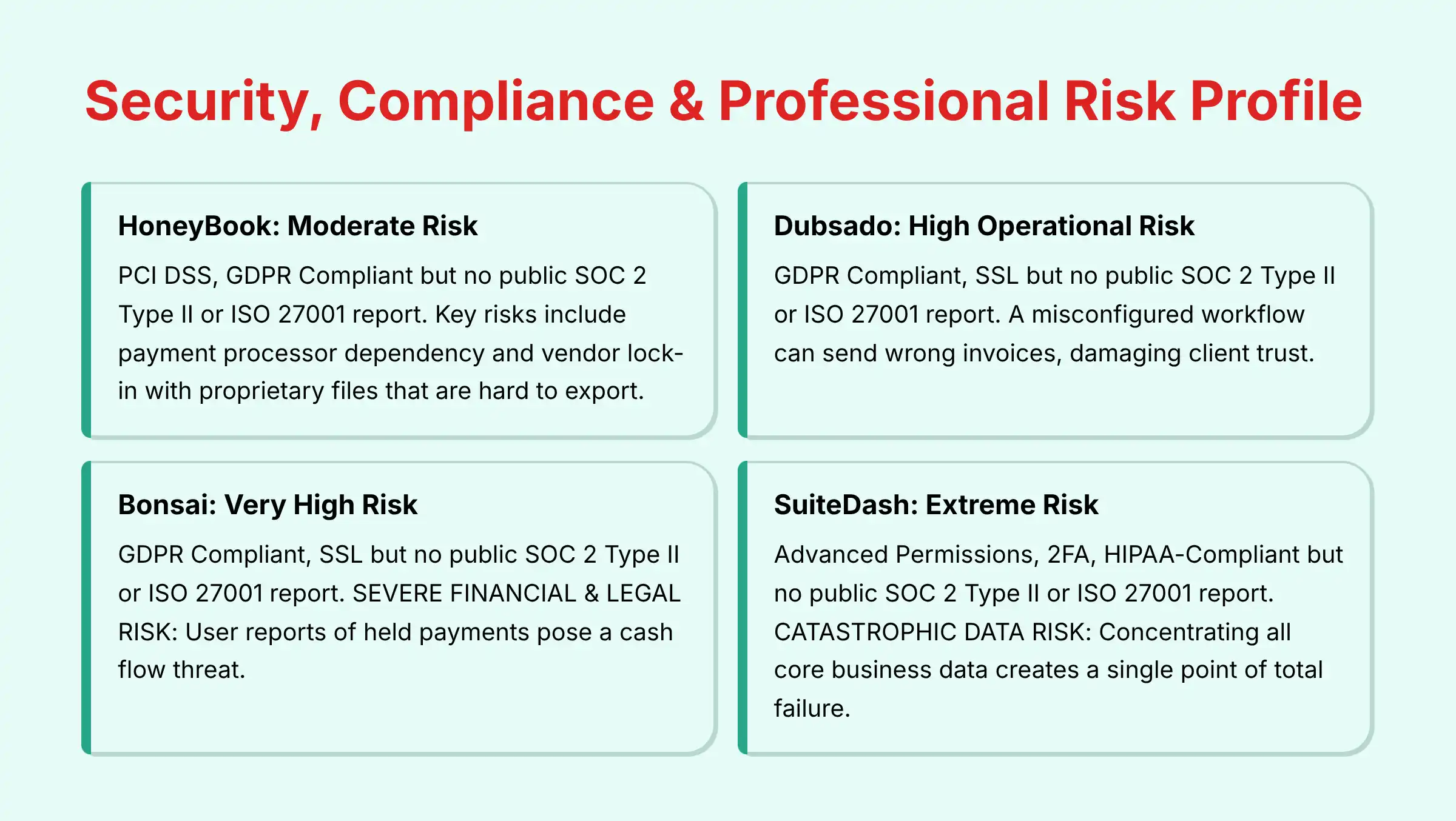

YMYL WARNING: This section is the most important for protecting your business. Beyond standard security features, the real-world operational risks identified by users can severely impact your finances and reputation.
| Tool | Standard Security (e.g., PCI, GDPR) | Advanced Compliance Audits (SOC 2, ISO 27001) | Real-World User-Reported Risk | Overall Risk Profile |
|---|---|---|---|---|
| HoneyBook | PCI DSS, GDPR Compliant | No public SOC 2 Type II or ISO 27001 report. This is a critical consideration for businesses with stringent data handling or vendor security requirements. | Payment Processor Risk & Vendor Lock-In: Outages can halt revenue. Proprietary files are hard to export. | Moderate |
| Dubsado | GDPR Compliant, SSL | No public SOC 2 Type II or ISO 27001 report. Data security relies on their internal protocols and the security of connected processors (e.g., Stripe, which is compliant). | Reputational Risk: A misconfigured workflow can send wrong invoices, damaging client trust. | High (Operational) |
| Bonsai | GDPR Compliant, SSL | No public SOC 2 Type II or ISO 27001 report. The lack of audited security controls amplifies the financial risks identified. | SEVERE FINANCIAL & LEGAL RISK: User reports of held payments pose a cash flow threat. Unvetted contract templates create legal liability. | Very High |
| SuiteDash | Advanced Permissions, 2FA, HIPAA-Compliant (with signed BAA) | No public SOC 2 Type II or ISO 27001 report. A major concern given the platform’s goal of centralizing all business-critical data. | CATASTROPHIC DATA RISK: Concentrating all core business data in one place creates a single point of total failure. | Extreme |
Professional Validation: The absence of SOC 2 Type II or ISO 27001 compliance is a significant red flag for any business that handles sensitive client information or serves enterprise clients. These certifications are independent, third-party audits that validate a company’s security controls and operational processes, providing a level of assurance that basic GDPR compliance does not.
HoneyBook Risk Profile: Operational & Vendor Lock-In
HoneyBook is generally secure, but it has two key risks:
- First: Its reliance on a single payment gateway means an outage can stop your cash flow
- Second: Its proprietary “Smart Files” format makes it difficult to export clean, legally sound copies of contracts if you ever decide to leave the platform
Dubsado Risk Profile: Reputational & Operational
The biggest risk with Dubsado is user error. A poorly configured workflow can send the wrong invoice or a reminder at the wrong time. As one user I interviewed stated, “It was mortifying and made me look incredibly unprofessional.” This can permanently damage client trust.
Bonsai Risk Profile: Severe Financial & Legal Liability
From a risk perspective, my analysis shows Bonsai is the most dangerous platform for solopreneurs. Many user reports warn of its payment system holding funds, which directly threatens your ability to pay bills. Additionally, relying on its generic contract templates without review by a qualified lawyer in your area carries significant legal risk.
SuiteDash Risk Profile: Extreme Systemic Risk
Using SuiteDash is like storing your money, legal documents, and house keys in the same uninsured safe. It’s convenient until something goes wrong. A single data breach or a long outage could compromise your client list, finances, project files, and communications all at once, leading to total business failure.
Head-to-Head Comparison: Core Capabilities & Automation
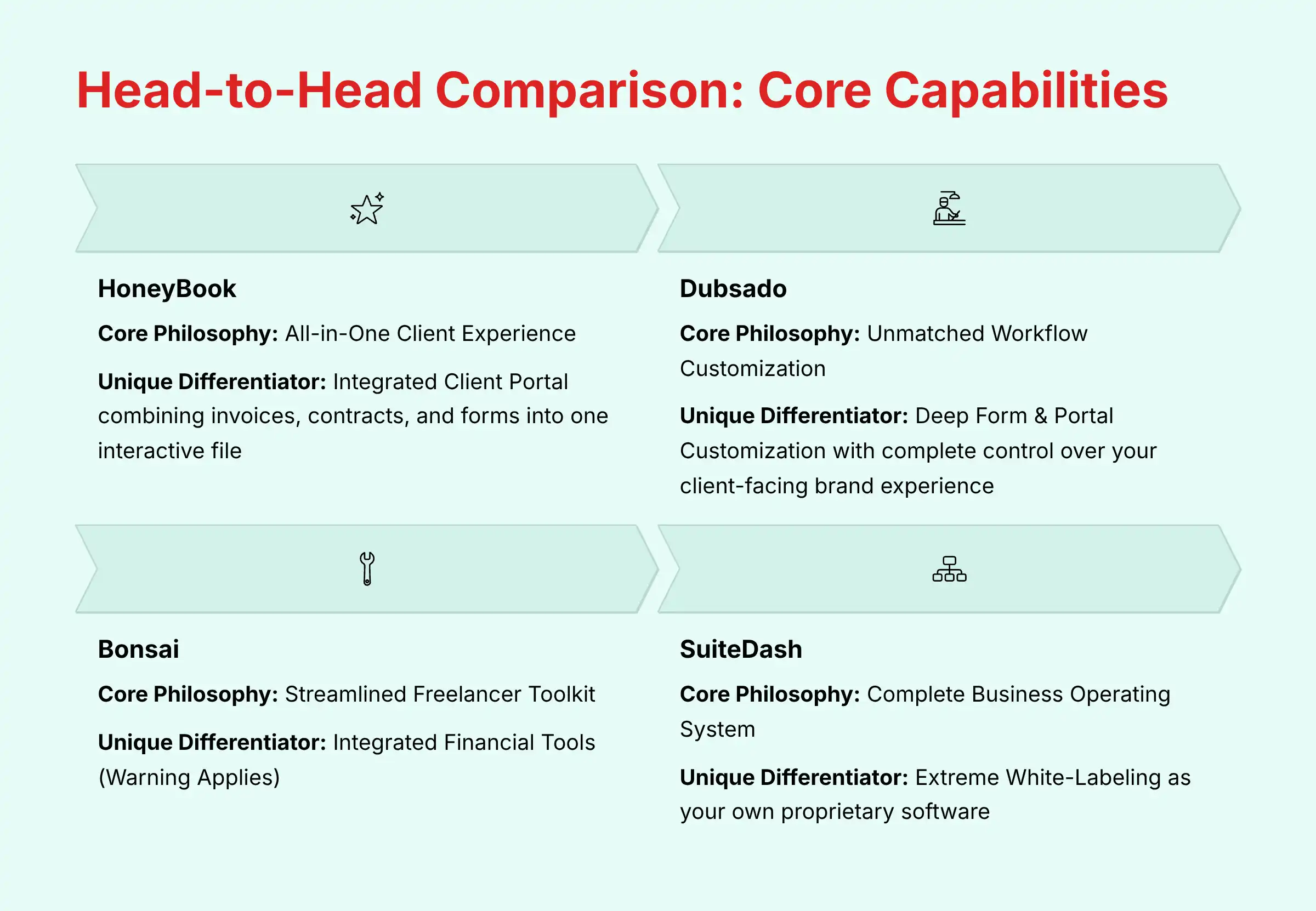

Here is a direct comparison of what each platform is designed to do. This matrix highlights their core philosophy and what makes each one different.
| Tool | Core Philosophy | Key AI & Automation Features | Unique Differentiator |
|---|---|---|---|
| HoneyBook | All-in-One Client Experience | AI-Assisted Tools & Smart Files: Automates tasks, file creation, and follow-ups. | Integrated Client Portal: Combines invoices, contracts, and forms into one interactive file. |
| Dubsado | Unmatched Workflow Customization | Robust, Trigger-Based Automation: The most granular “if-then” workflow builder. | Deep Form & Portal Customization: Complete control over your client-facing brand experience. |
| Bonsai | Streamlined Freelancer Toolkit | Basic Workflow Automation: Simple reminders and task automation. | Integrated Financial Tools: Offers banking and payment processing within the platform. (Warning Applies) |
| SuiteDash | Complete Business Operating System | Advanced Process & Template Automation: For complex client onboarding and projects. | Extreme White-Labeling: Can be completely rebranded as your own proprietary software. |
AI-Powered Insights & Predictive Capabilities: The AI CRM Difference
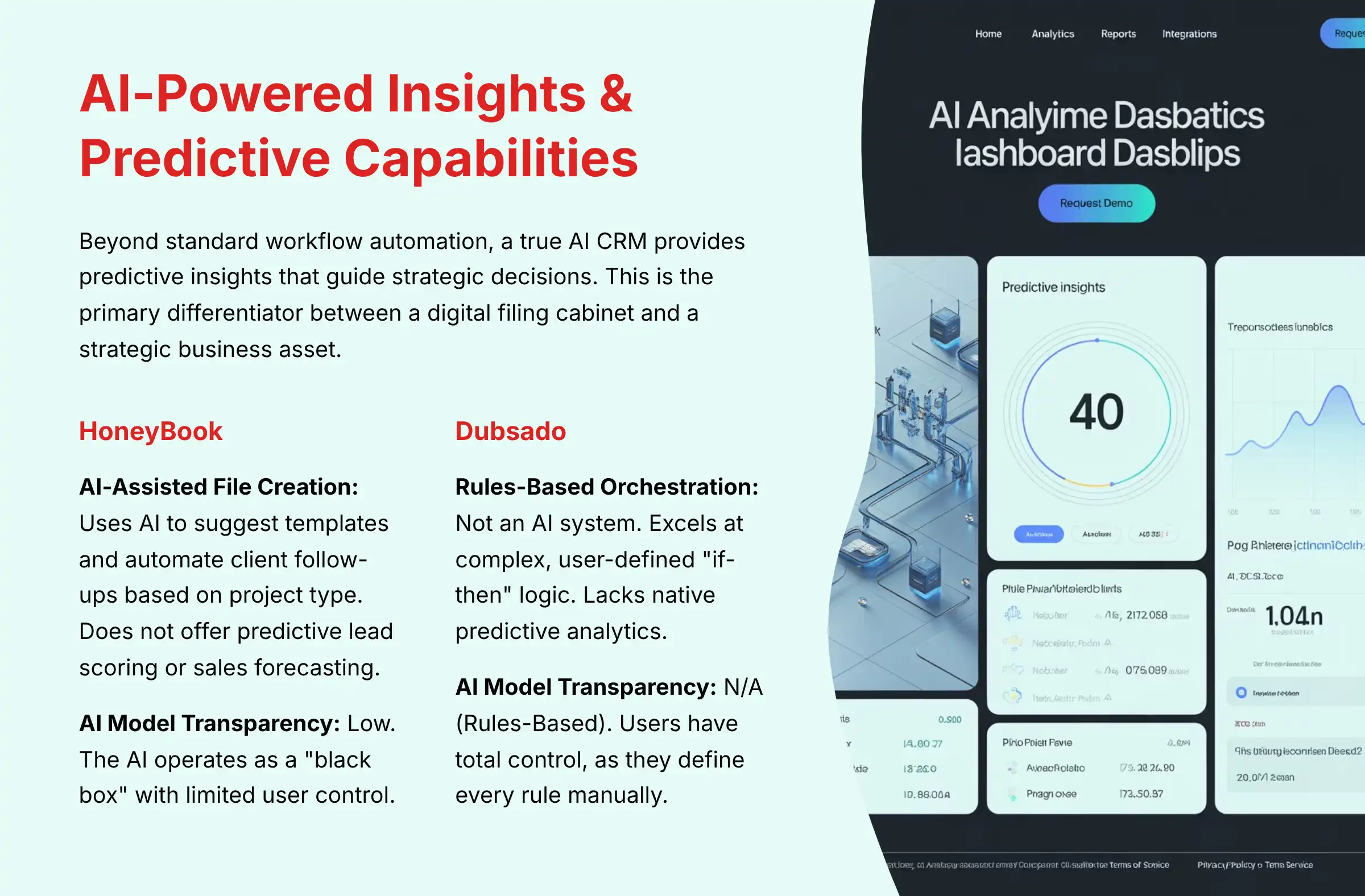

Beyond standard workflow automation, a true AI CRM provides predictive insights that guide strategic decisions. Our analysis evaluates not just whether a platform can automate a task, but whether it can intelligently prioritize leads, forecast revenue, or identify at-risk clients. This is the primary differentiator between a digital filing cabinet and a strategic business asset.
| Tool | AI-Powered Insights & Predictive Capabilities | AI Model Transparency & Control |
|---|---|---|
| HoneyBook | AI-Assisted File Creation: Uses AI to suggest templates and automate client follow-ups based on project type. Does not offer predictive lead scoring or sales forecasting. Its AI is focused on operational efficiency. | Low: The AI operates as a “black box.” Users have limited ability to understand or influence the AI’s suggestions beyond basic rules. |
| Dubsado | Rules-Based Orchestration: Not an AI system. It excels at complex, user-defined “if-then” logic. Lacks native predictive analytics, relying entirely on the user to build and manage all workflow intelligence. | N/A (Rules-Based): Users have total control, as they define every rule manually. This provides high transparency but lacks the learning capabilities of a true AI. |
| Bonsai | Limited Automation: Offers basic task automation but lacks any significant predictive or AI-driven analytical features relevant to professional CRM evaluation. | Low: Minimal AI functionality to assess. |
| SuiteDash | Advanced Process Automation: Similar to Dubsado, focuses on complex, rules-based automation for client onboarding and project management. Does not include predictive AI models for sales or churn. | N/A (Rules-Based): Full control over user-defined processes, not AI-driven insights. |
Professional Insight: For businesses seeking to leverage data for growth, the absence of predictive lead scoring and Customer Lifetime Value (CLV) analysis in these platforms is a significant limitation. A true AI CRM, by contrast, would analyze past client behavior to predict which new leads are most likely to convert, allowing a business to focus its efforts effectively.
Platform Strengths & Weaknesses Analysis
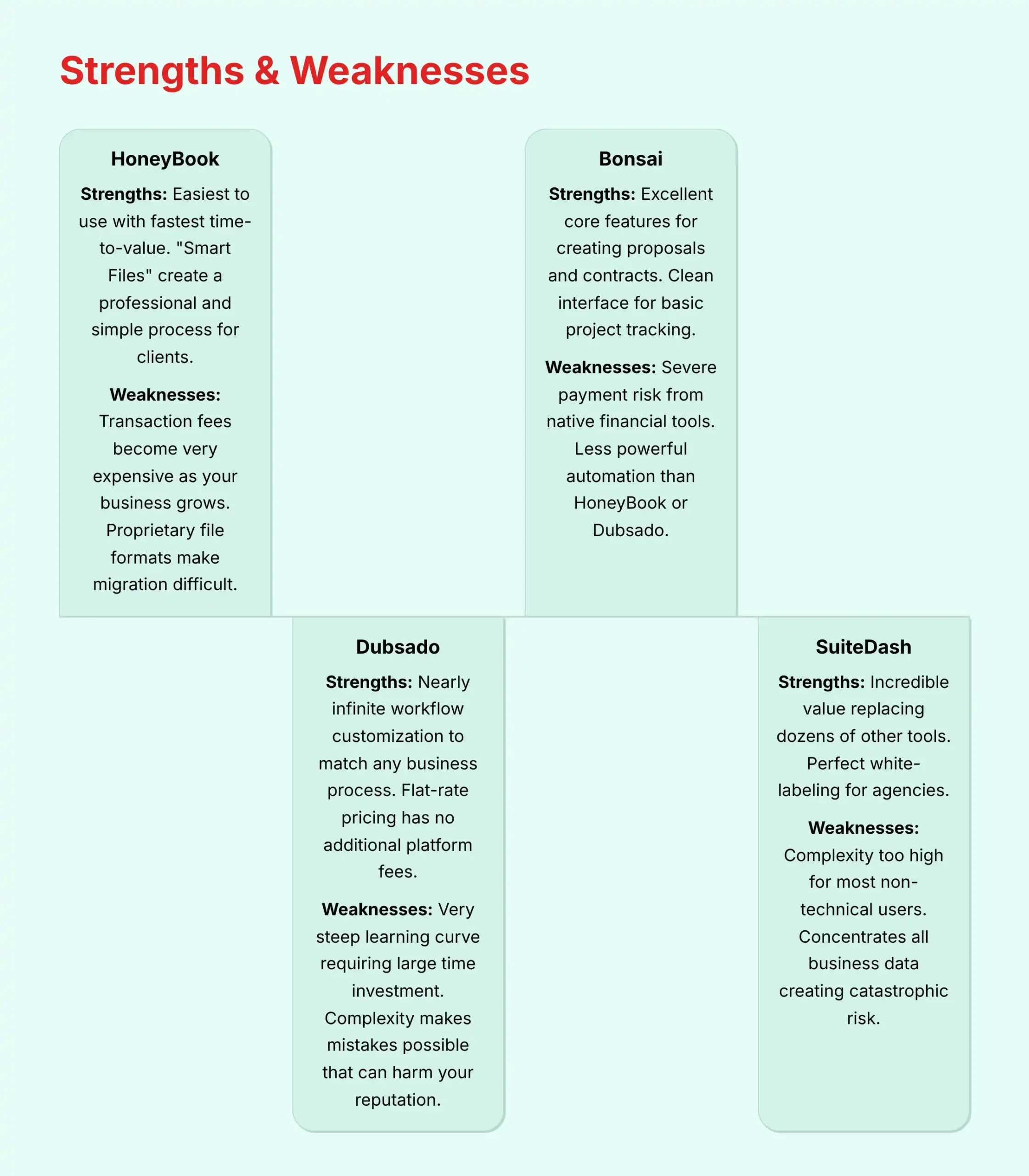

Strengths
- Easiest to use with fastest time-to-value
- “Smart Files” create professional client experience
- Integrated payment processing
- Excellent customer support
Weaknesses
- Transaction fees become expensive at scale
- Proprietary file formats create vendor lock-in
- Limited customization options
- No advanced workflow automation
Strengths
- Nearly infinite workflow customization
- Flat-rate pricing with no platform fees
- Deep form and portal customization
- Powerful trigger-based automation
Weaknesses
- Very steep learning curve
- High time investment for setup
- Easy to make reputation-damaging mistakes
- Complex interface overwhelms beginners
Strengths
- Excellent proposal and contract creation
- Clean, simple interface
- Good for basic project tracking
- Integrated time tracking
Weaknesses
- Severe payment processing risks
- Limited automation capabilities
- Generic contract templates need legal review
- Cash flow risk from fund holds
Strengths
- Replaces multiple tools for single fee
- Excellent white-labeling capabilities
- Advanced process automation
- HIPAA compliance available
Weaknesses
- Extreme complexity for most users
- Single point of catastrophic failure
- High abandonment rate due to complexity
- Requires technical expertise
Final Recommendations: Which HoneyBook Alternative Is Right for Your Business?
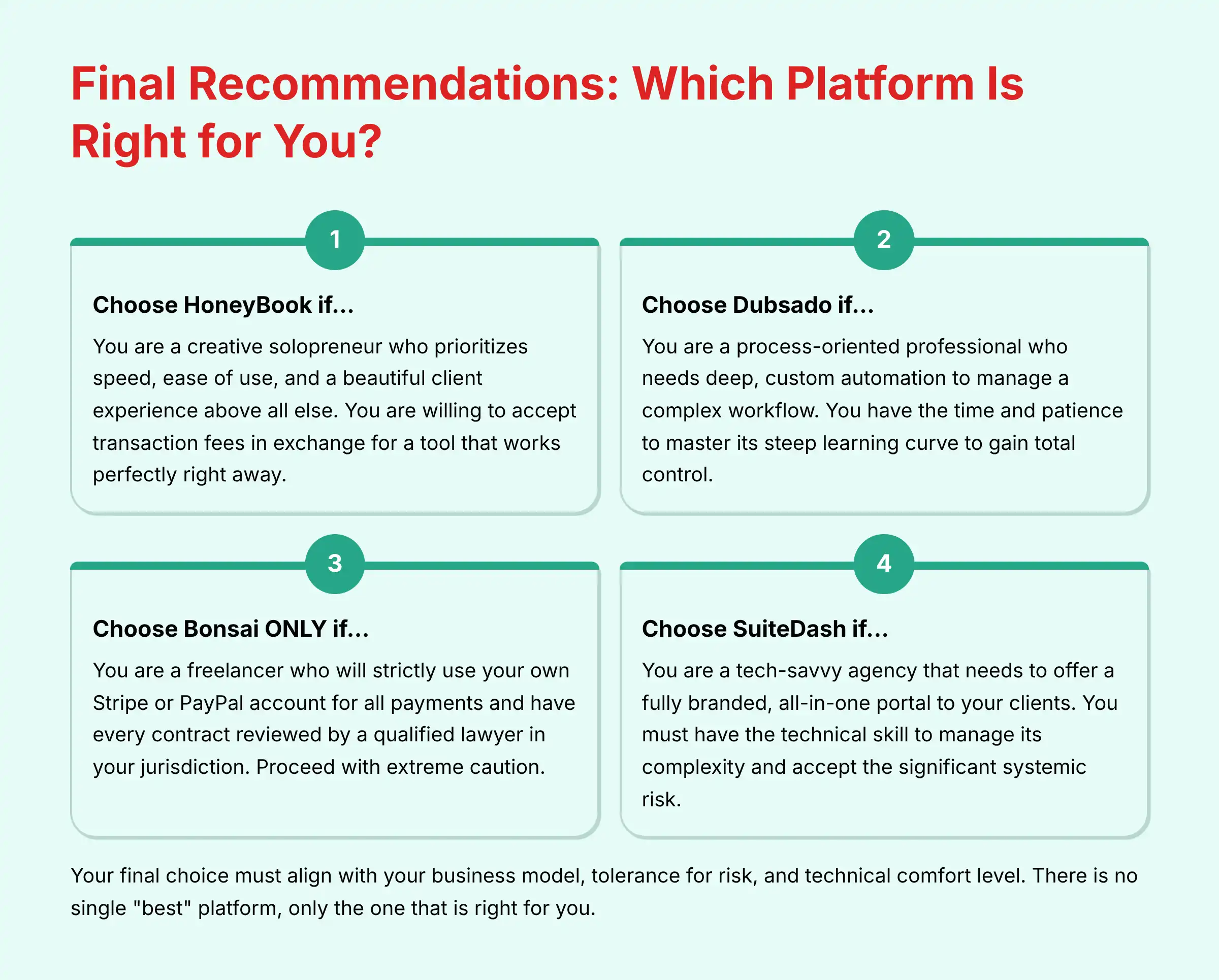

Your final choice must align with your business model, your tolerance for risk, and your technical comfort level. There is no single “best” platform, only the one that is right for you. After a complete review of all the data, you can confidently explore these HoneyBook Best Alternatives.
You are a creative solopreneur who prioritizes speed, ease of use, and a beautiful client experience above all else. You are willing to accept transaction fees in exchange for a tool that works perfectly right away.
You are a process-oriented professional who needs deep, custom automation to manage a complex workflow. You have the time and patience to master its steep learning curve to gain total control and eliminate platform-specific fees.
You are a freelancer who will strictly use your own Stripe or PayPal account for all payments and have every contract reviewed by a qualified lawyer in your jurisdiction. The platform’s user-reported financial risks are too severe to ignore. Proceed with extreme caution.
You are a tech-savvy agency that needs to offer a fully branded, all-in-one portal to your clients. You must have the technical skill to manage its immense complexity and be comfortable with the significant systemic risk it presents.
Frequently Asked Questions (FAQs) about HoneyBook Alternatives
Which is better for photographers: HoneyBook or Dubsado?
For most photographers, HoneyBook is the better starting point because of its simplicity and excellent client-facing presentation. However, for photographers with very complex, multi-stage workflows involving multiple sessions, vendors, and proofing rounds, Dubsado offers the power to automate that entire process. The choice depends on the complexity of your business operations.
Can I avoid HoneyBook’s transaction fees?
No, you cannot avoid the transaction fees for payments made via credit card. They are a mandatory part of the platform’s processing. You can, however, offer clients the option to pay via ACH bank transfer, which carries a lower fee (1.5%) and can save you a lot of money on large projects.
How difficult is it to migrate from HoneyBook to Dubsado?
Migration is very difficult. This is mainly due to HoneyBook’s proprietary “Smart Files,” which combine multiple documents. You cannot easily export a clean, standalone PDF of a signed contract. You should plan for significant manual data re-entry and document recreation if you decide to switch.
Is Bonsai’s contract template legally binding?
This is a critical legal and financial question. A software company is not a law firm, and its templates cannot account for the specific laws in your state or country. The enforceability of any contract depends entirely on your local jurisdiction.
Relying on a generic, non-specific template from any software platform without a review from a qualified lawyer licensed in your area carries significant legal and financial risk. We strongly advise that you treat these templates as a starting point and secure professional legal consultation to ensure your contracts are valid and fully protect your business.
What is the difference between Dubsado’s “workflow automation” and true “AI-powered automation”?
This is a critical distinction for professionals. Dubsado’s workflow automation is based on user-defined rules and triggers. You must manually create every step of the logic: “IF a client signs a contract, THEN send invoice X.” It is a powerful but static system that only does exactly what you tell it to do.
AI-powered automation, found in more advanced AI CRMs, is dynamic and predictive. For example, an AI system could:
- Perform sentiment analysis: Analyze an incoming client email, detect frustration (negative sentiment), and automatically flag it for urgent, high-priority human review.
- Engage in predictive lead scoring: Analyze thousands of data points from past successful clients to predict that a new lead has a 90% chance of closing, automatically prioritizing it for your sales team.
- Automate data enrichment: Automatically find and add missing contact information, company size, and social profiles for a new lead from public data sources.
In short, Dubsado automates the process you design; a true AI CRM uses data to predict outcomes and intelligently automate tasks you haven’t explicitly defined. The platforms in this comparison excel at the former, not the latter.
What is the single biggest advantage of Dubsado’s automation?
The biggest advantage is conditional logic. Dubsado workflows can automatically change based on how a client answers a question on a form. For example, if a client selects “Service A,” the workflow can send them Proposal A. If they select “Service B,” it sends Proposal B. HoneyBook cannot do this at the same level.
Does SuiteDash really replace tools like Mailchimp and a dedicated LMS (Learning Management System)?
SuiteDash offers modules for these functions, but they are often less powerful than dedicated, best-of-breed tools. It is a “jack of all trades, master of none” scenario. It can work for basic needs, but you sacrifice the advanced features of specialized platforms.
In a payment dispute, who has more control: a HoneyBook user or a Dubsado user?
A Dubsado user has more control. Because they connect their own Stripe or PayPal account, they have a direct relationship with the payment processor. A HoneyBook user processes payment through HoneyBook’s integrated system, adding an intermediary layer that can reduce their control and visibility during a dispute.
Why is SuiteDash considered such a high risk?
It is considered high risk because a single security breach or extended outage could be catastrophic. It would compromise not just your client list, but also your project files, your email marketing, your invoices, and potentially any courses you host on the platform. This centralization creates a single point of failure that could lead to total business collapse.
For additional questions and detailed answers about HoneyBook and its alternatives, visit our comprehensive HoneyBook FAQs section.

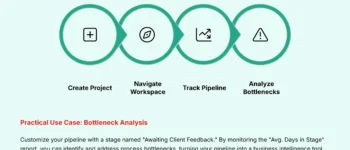



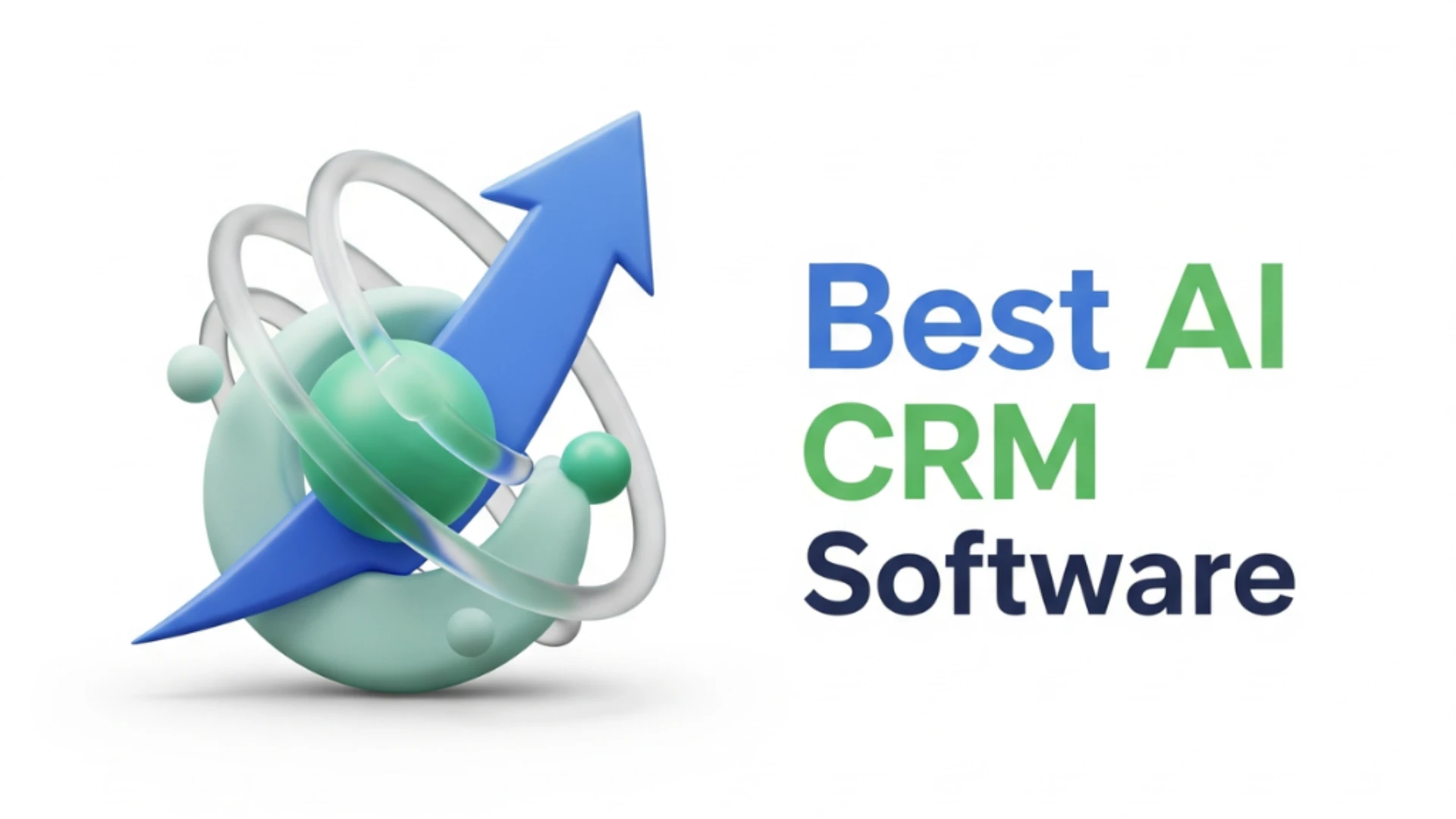
Leave a Reply